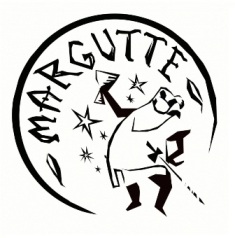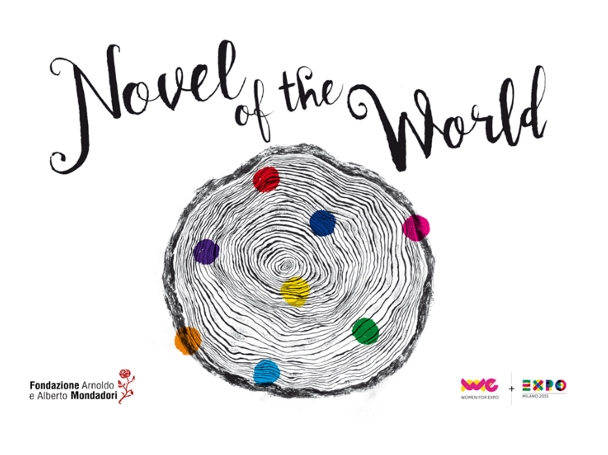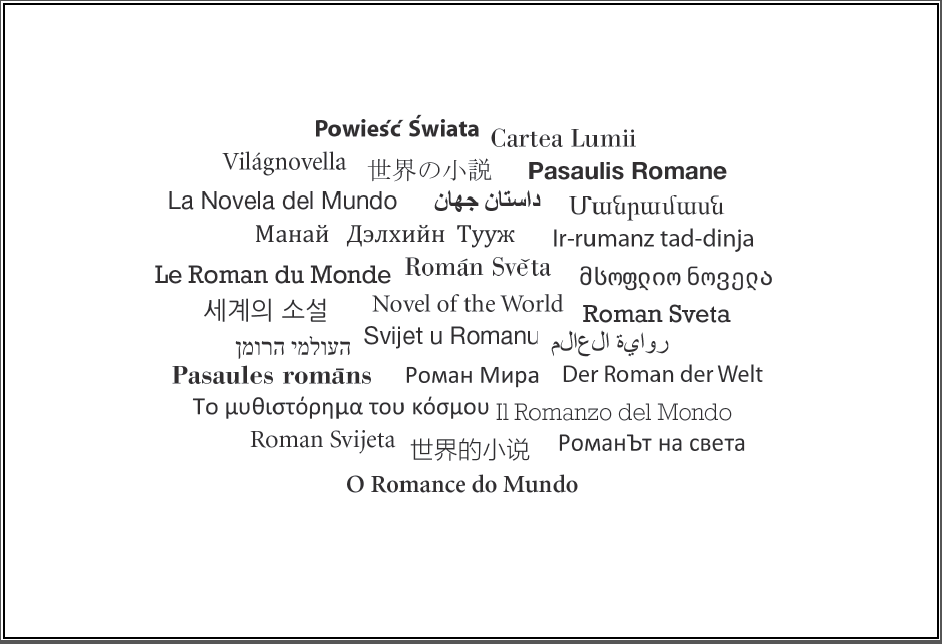WE-Women for Expo, a network of women from around the world
SILVIA PIO (edited by)
The building of the site for Expo 2015 was accompanied by bitter controversy in Italy and the opening saddened by fierce violence in the streets of Milan by the hands of the Black Blocks. But much of the Universal Exposition 2015 can and must be saved.
An interesting Expo Milano 2015 project is WE-Women for Expo, developed in partnership with the Ministry of Foreign Affairs and International Cooperation and the Fondazione Arnoldo e Alberto Mondadori (Italian publishers). It is «a network of women from around the world who speak out and act jointly on the subjects of food and sustainability, and do so placing women’s culture at the heart of an international exposition for the very first time. […] WE seeks to transform women’s innate capacity to ‘take care’ into a universal model, a new paradigm that can be a starting point for feeding the planet and rethinking its future.»
The literary result WE-Women for Expo’s activity is the collection Novel of the World, a story made by many stories, accounts, memories, and thoughts, all about food, for the body and for the mind. The authors are 104 women (see the book for the complete list) coming from the countries taking part in Expo 2015 and writing in their own languages. The original languages are 28: Arabic, Armenian, Bosnian, Bulgarian, Chinese, Croatian, Czech, English, French, Georgian, German, Greek, Hebrew, Hungarian, Italian, Japanese, Korean, Latvian, Lithuanian, Maltese, Mongolian, Persian, Polish, Portuguese, Romanian, Russian, Serbian and Spanish. Many stories are written in English and the others have been translated into English.
These are most of all stories of women: love, pain, family, war, a universal weave that make this collection unique. Plenty are the food, drinks and recipes in the stories, because through them memories and memoirs are told, often having history as background: Allende’s death in Chili, Mao’s China, Castroism, the civil war in Georgia, the revolution in Iran, etc. As many as the stories are the settings and landscapes, from the countryside to the city, from shanties to airplanes, from refugees’ camps to luxury restaurants, from tradition to modernity.
And the food is either enjoyed or refused, felt one’s own or alien, but is always full of taste (pleasant or impossible to swallow), be it even the taste of nostalgia. All the senses are involved because food, like life, must be savoured thoroughly.
Light stories about happy childhoods and terrible stories of destruction and death. Pleas for all the women who are oppressed, violated and kept in ignorance. Denunciations of the lack of food, also intellectual. The stories and the memories in the Novel of the World are a net thick with signs (the different alphabets with which they were written), of cultures, messages, things lost and found, woven once again by the keepers of memory and the makers of future, women.
Margutte will translate into Italian some of the stories.
From the Foreword by Mariarosa Bricchi, translated from the Italian by Emilia Telese:
We have chosen to call our collection of voices and stories Novel of the World because the novel is the most open, flexible, widely recognized and most widely read literary form in the world. A novel has always meant for readers a place where stories take form, where adventures and passions develop, where characters of all backgrounds are confronted with extraordinary or everyday events.
Novel of the World is all this: a place of memories and imagination, a repository of stories and different voices united by a deep bond – the ancient relationship between women and food.
The authors include leading names on the international literary scene, who have published bestsellers loved all over the world, but also writers who have achieved only part of their potential international audience, names yet to be widely discovered.
Like all novels, Novel of the World transports readers to another place, albeit one that is not static but changing, not compact but fragmented into myriad individual environments: those from which the authors come, and those – often coinciding but not always so – in which their stories take place. Stories scattered in space but also many different spaces entering into the stories.
In this multi-polar geography there are no centres or peripheries but a wide, horizontal, infinitely explorable space. Novel of the World is a moving globe, criss-crossed by its stories. Many of its authors live in countries other than those in which they were born; many were born, by chance or by necessity, in places far from their roots. Convergence points recur often: numerous writers whose origins were elsewhere have landed in the USA, Britain, France or Spain. But there have also been movements in the opposite direction.
The 104 texts making up Novel of the World were born of many freedoms and only one constraint: they all had to talk about the food that gives life to our bodies and feeds our intelligence; food of which everywoman is often a conduit, a dispenser. And, perhaps, the diversity on which Novel of the World feeds stands out, especially when recalling flavours buried in our memories and speaking profoundly of countries, customs, traditions in vivid detail.
Novel of the World is thus a grand story full of digressions and returns, a mosaic made in the name of diversity, one we like to imagine as a trip around the world. Indeed, it is like a long thread wrapped around the globe, transforming it into a ball of stories that come and go, retracing directions already traced and opening up new ones. So Novel of the World is actually a miniature world made of interwoven stories speaking of food and memory. Of the lives of women and all of us.



